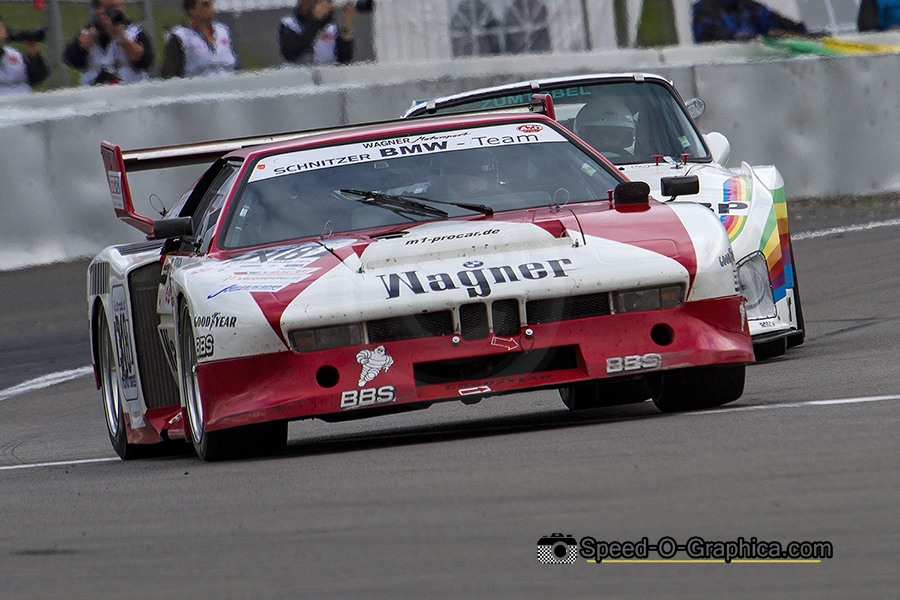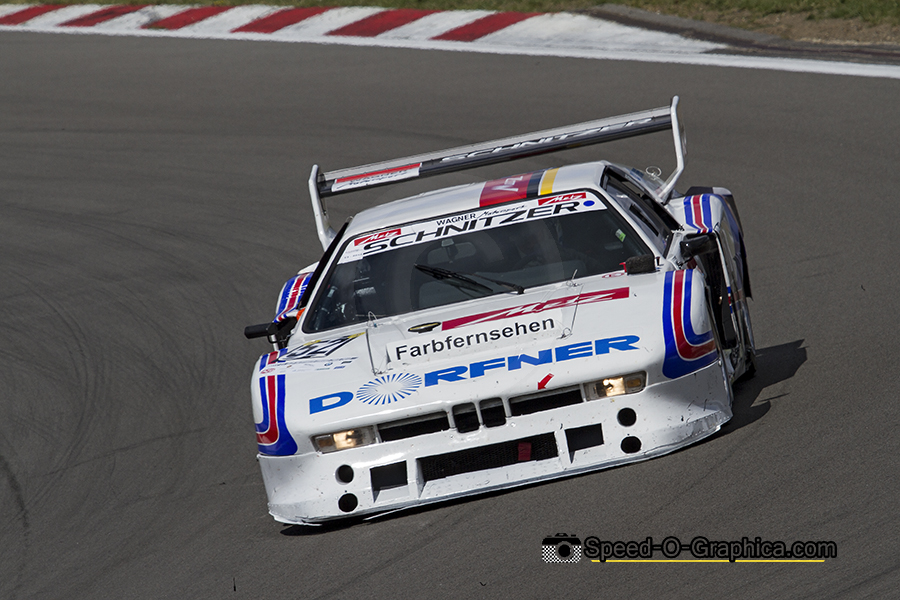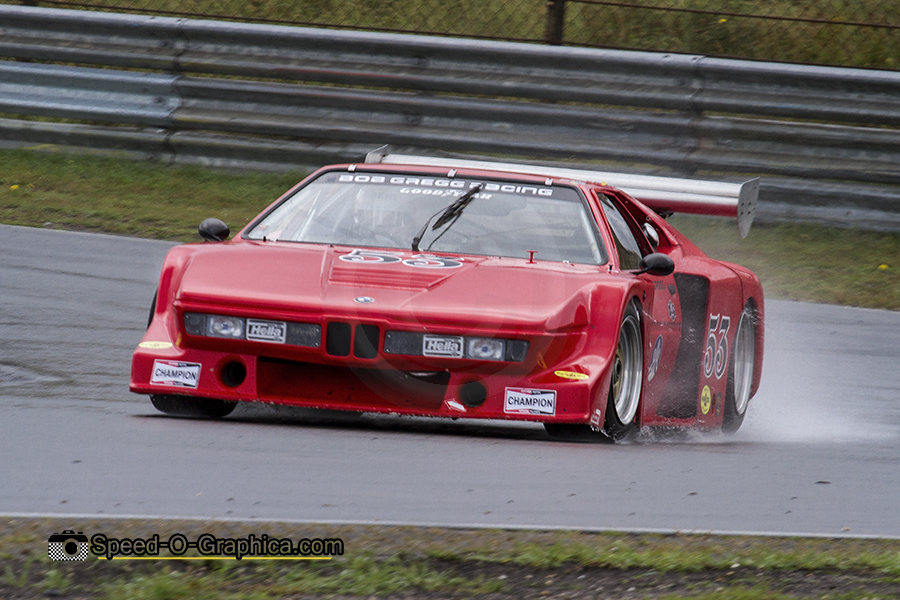BMW’s M1, The Thoroughbred Racer from the late 70’s: End of a Short-Lived Story

By Marcel Hundscheid / Speed-O-Graphica
Our sixth and final entry on the BMW M1 sees us take a look at the end of the short-lived story of the legendary racer.
Less than a handful of M1s were built by Sauber. A Group 5 M1 (M1R) was 150 kg lighter in comparison to the other available converted M1s and to be honest, they were in a class of their own.
Sauber’s two cars, one entered by GS Racing and a second car entered by Sauber, made their debut at Silverstone in the 1000 kms race back in 1981. Only the GS Racing car entered the race itself, but gearbox troubles forced the team to withdraw their bright red BASF M1 halfway through.
At the Nürburgring 1000 kms later that year both cars appeared on the grid. Schnitzer Motorsport would build another Group 5 M1 powered by a twin-turbocharged engine with a maximum output between 800 and 1000 horsepower.

The Group 5 M1 would also compete at Le Mans. In 1979 March designer Robin Herd was given the responsibility of turning the M1 into a Group 5 race car, designing their version of the M1 with a composite body. March designed and produced the composite body with BMW responsible for the engine – a turbo version of the six cylinder engine used in the original M1 that could generate 800 hp. Unfortunately, the BMW-March M1 was never successful and at entries in Le Mans, Brands Hatch and Vallelunga, the car didn’t make it to the finish line.
In 2008 BMW announced plans to revive the Procar series at the German Grand Prix. The revival was part of an exhibition event with ten original M1 Procars. Amongst the drivers from the original series were Christian Danner, Harald Grohs, Niki Lauda, Dieter Quester and Marc Surer.
With fewer than 450 road-going versions built, the M1 project died a sudden death after just 30 months of production. Nowadays the car remains a icon amongst fans of historic motorsports, especially in Germany where there’s a good chance of seeing multiple cars in a single event. Although their period career was all-too-short, we’re pleased that the cars are still active and thrilling fans on the track to this day.

This car (chassis 003) was bought in 2010 by Dutchman Jan Bot, who lavished it with an extensive three-year restoration. Following its restoration the car debuted in 2013 at Hockenheim.
